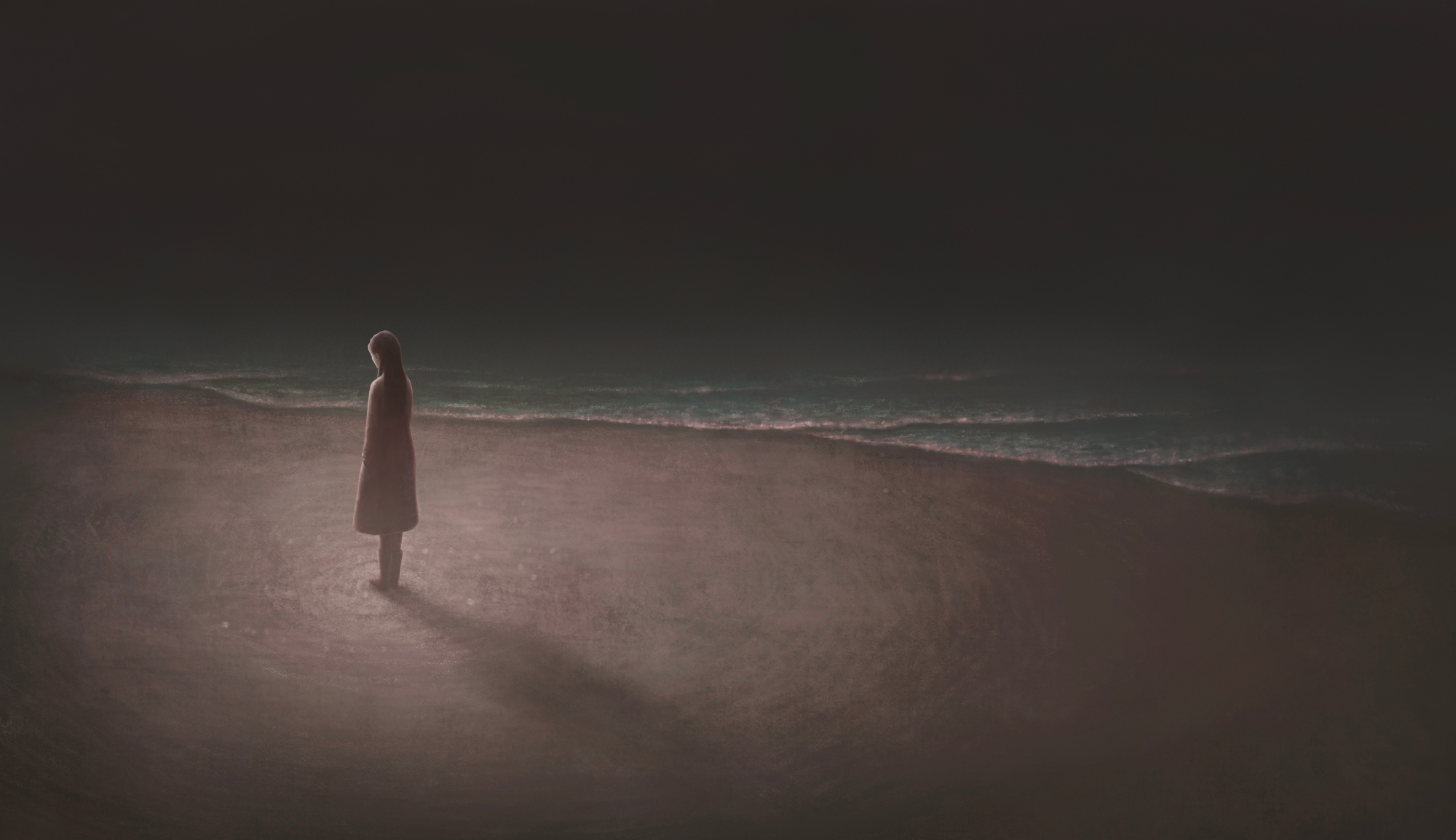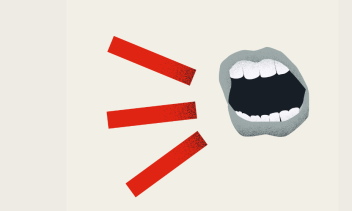Content warning: This essay discusses suicide, sexual assault, and other sensitive matters.
Thank God, most people have not experienced the worst possible tragedy in the world: the loss of a child. But I have.
Our daughter Gila z”l died by suicide four-and-a-half years ago at the tender age of 18. People are horrified and intrigued when I share this, and they often ask me (as I ask myself) how I manage to continue living. My response is always the same: While the Torah demonstrates the model of Jacob who essentially became incapable of functioning or contributing to others when he believed his beloved son Joseph had died, there are many who react quite differently. Many others take their tragic loss and not only commemorate but take action in commemoration of their loved ones. Immediately following our week-long shiva for Gila, I chose the latter.
Gila was an unbelievable girl: vibrant, vivacious, social, hilarious, and extremely sensitive. She was a leader of her peers socially, and she loved to have fun.
Gila was an unbelievable girl: vibrant, vivacious, social, hilarious, and extremely sensitive. She was a leader of her peers socially, and she loved to have fun. She also saw the world in a very innocent, wholesome way; she was not capable of harming anyone, nor did she believe that people would harm her. Tragically, she experienced a sexual episode which was extremely traumatizing for her. She also did not wish to, or know how to, openly communicate the degradation she felt and the pain she was experiencing in the aftermath. A swell of anxiety and depression built up inside of her, and she eventually began to lose hope, which ultimately led to her demise.
My wife and I believe that Gila should be alive and that the reason she is not is due largely to the lack of dialogue and knowledge regarding mental health (and certainly suicidal ideation) that we had and that so many others have as well. And so out of Gila’s death, Gila’s Way was born.
 Gila’s Way is an organization primarily concerned with education on mental health and suicide prevention via seminars, lectures, interactive workshops, and presentations. It promotes and teaches that the more we educate and inform, the greater our chance of helping people with mental health challenges and of preventing suicide.
Gila’s Way is an organization primarily concerned with education on mental health and suicide prevention via seminars, lectures, interactive workshops, and presentations. It promotes and teaches that the more we educate and inform, the greater our chance of helping people with mental health challenges and of preventing suicide.
The most vital point that we consistently emphasize is that the majority of people who die from suicide do not want to die. We particularly emphasize this when speaking about adolescents who are experiencing so many pressures, physical and hormonal changes, and susceptibility to social media—and who may impulsively make a few-second decision without internalizing that it is definite. Once people understand this, they understand that they are capable of saving lives from suicide.
There are many examples where this lack of knowledge and conversation exhibited itself in Gila’s tragic story. The most obvious and heart-wrenching was that, during the last two weeks of her life, she showed many classic signs of suicidal behavior: abnormal sleeping patterns, anxiety and distress, outbursts of anger, expressing her feelings that she was a burden to others, and speaking about death. No one—including the mental health professionals working with her—ever mentioned or brought up the possibility of “suicide.”
So in addition to our educational programs and venues, Gila’s Way offers a consultation service (not a hotline). Navigating the mental health system isn’t simple and it is time-consuming—time that someone who is coping with a mental health challenge does not always have. When my wife and I were trying to figure out how to help Gila by identifying which services would be most appropriate for and available to her, we became very confused and very weary.
As we failed to find the right framework for Gila, she began feeling hopeless. That is the most vulnerable situation for a human to be in. Through Gila’s Way, however, if someone knows another struggling with their mental health, our consultation service can help them to help the individual through the initial steps of healing and recovery.
One of the crucial messages that Gila’s Way conveys to parents, educators, and community leaders is the need to recognize what a child or student is “saying” beneath their literal words. A child (or anyone for that matter) dealing with mental health challenges or experiencing a crisis will rarely voice that they need help, but they will often communicate “cries for help.” They do want help; they just struggle to articulate it. Some of those “warning signs” include familial or social isolation, spending long hours in their bedrooms, or refusing to join the family for normally enjoyed activities. They may also be exhausted, physically unkempt, or desist from following standard expectations (going to school, doing homework, participating in events, etc.).
Gila’s Way exists primarily to educate and remind people that the most precious gift and value we have is life itself.
Helping someone who is confronting a mental health challenge can become very confusing, as it is painstakingly procedural and the mind’s complexity makes it difficult to understand and navigate it. This is why, while parents need to talk and converse regarding the mental health and emotional struggles their children may be encountering, they should be selective in terms of who they decide to dialogue with regarding these issues. Dealing with mental health and a child who is challenged is a process; it is consuming and often confusing, which is why it is so important that parents identify the right people who can help and save their energies specifically for those people. Speaking to “anyone” at any time can cause more confusion and exhaustion. Find those who can be helpful, and focus on sharing with them.
It is also extremely important to trust one’s parental instincts which we are blessed with. Often a mental health professional might suggest something but our instinct tells us something else; we should trust that instinct and pay attention to it because it is there for a reason.
Gila’s Way exists primarily to educate and remind people that the most precious gift and value we have is life itself. I was reminded of this after watching a clip of a mother who lost her child.
She explains how her belief in “techiyat ha-meitim” (resurrection of the dead) equips her with the ability to face a new day. Everyone has to find their strength and resilience in their own way, but when I saw this clip I reminded myself how I believe in “techiyat hachaim – resurrection of the living”. Gila’s Way helps to ensure that people learn how to embrace life and educates people how to save lives. The pain of my/our loss will never desist, but this is the only way I know to channel the inexplicable into something that begins to make sense.
The only way I know to confront death … is by helping to save lives.
If you are having thoughts of suicide, call or text 988 to reach the Suicide and Crisis Lifeline or go to SpeakingOfSuicide.com/resources for a list of additional resources. You can also learn more about Gila’s Way here.
Rabbi Shalom Hammer is the founder and director of Gila’s Way which champions mental health awareness and suicide prevention worldwide and has authored ten books, “Armed with Spirit” by Gefen publishing being the most recent as well as his “Gila Spreads Joy” series of children’s books on empathy. He has lived in Israel for 34 years and served as a lecturer in the IDF for both the educational branch and the Jewish Identity branch of the army. He is a sought after lecturer in Israel and abroad.







